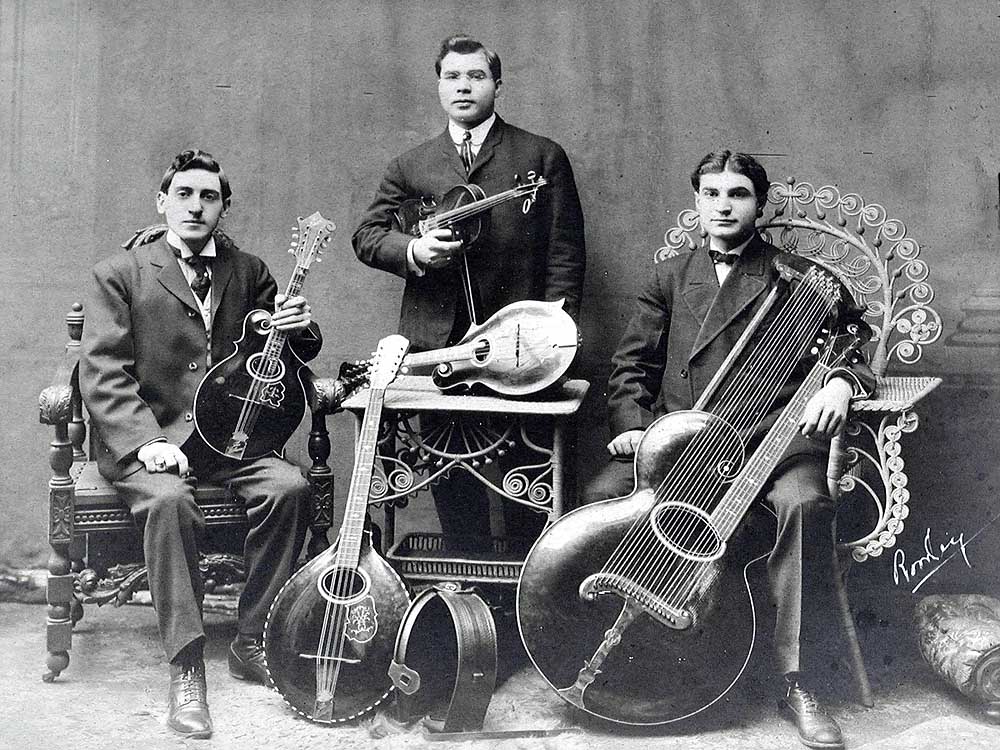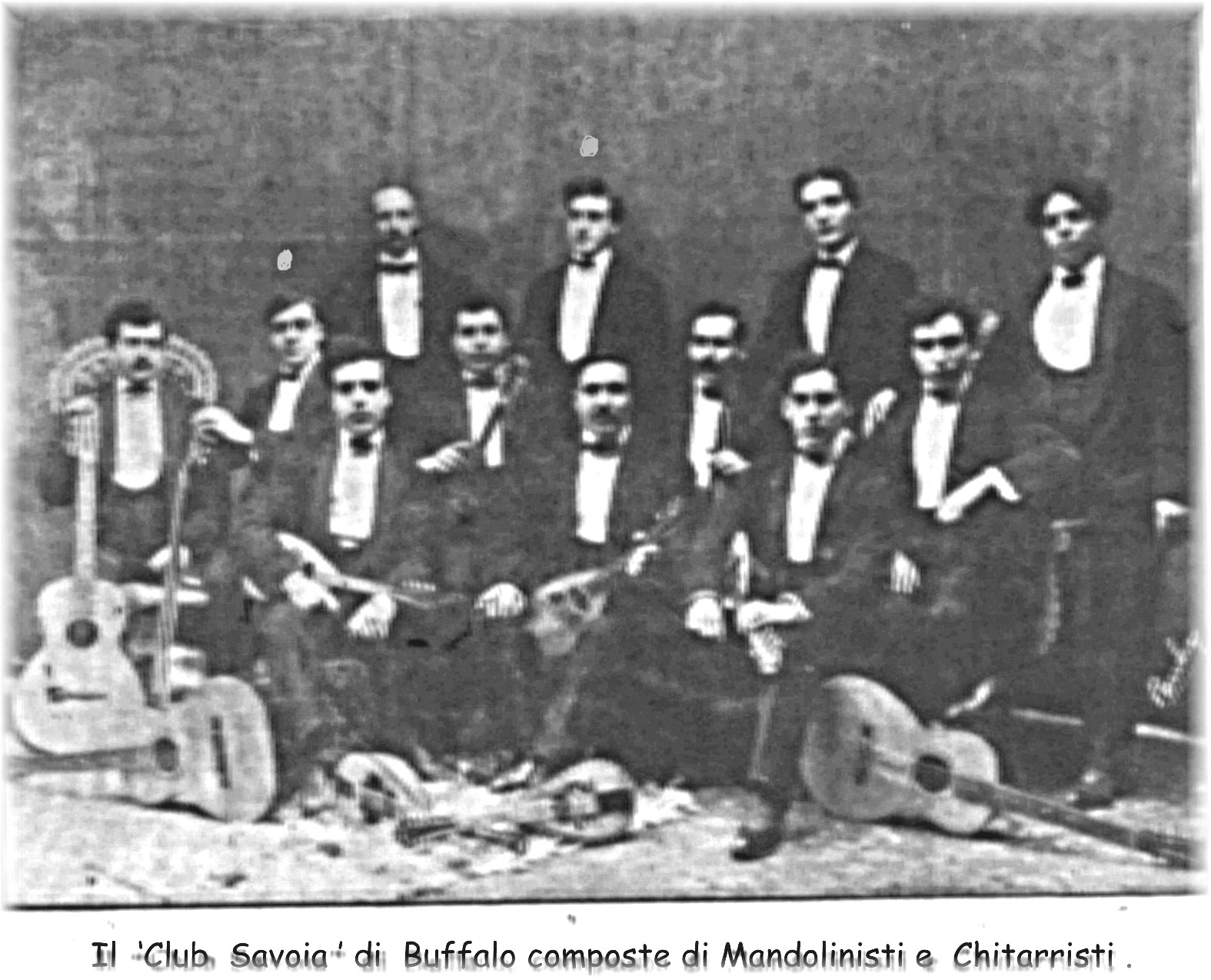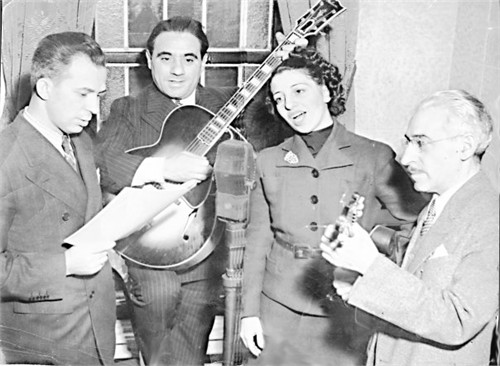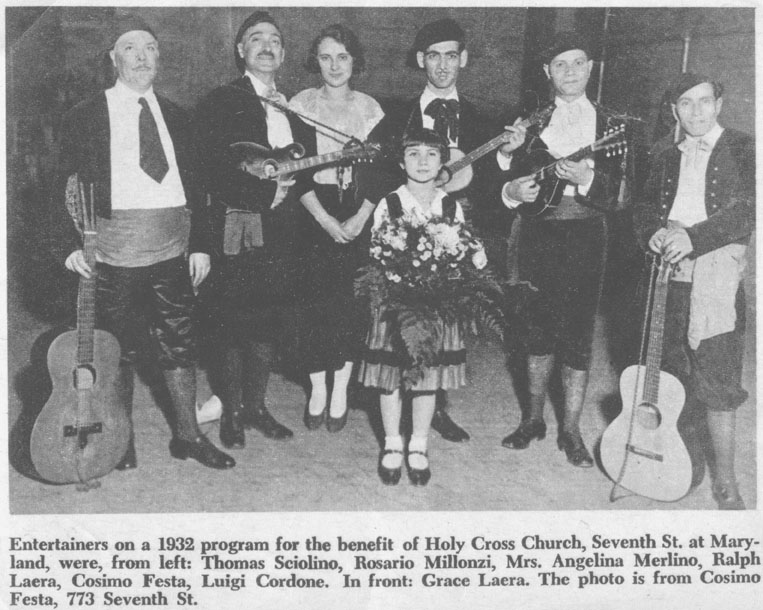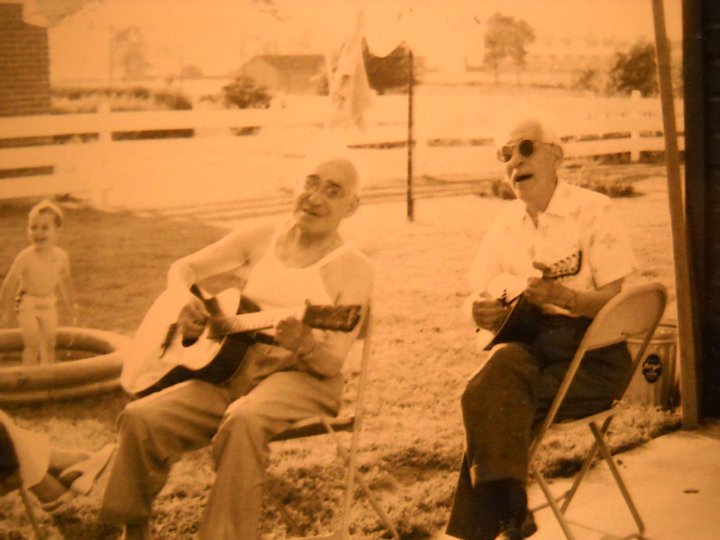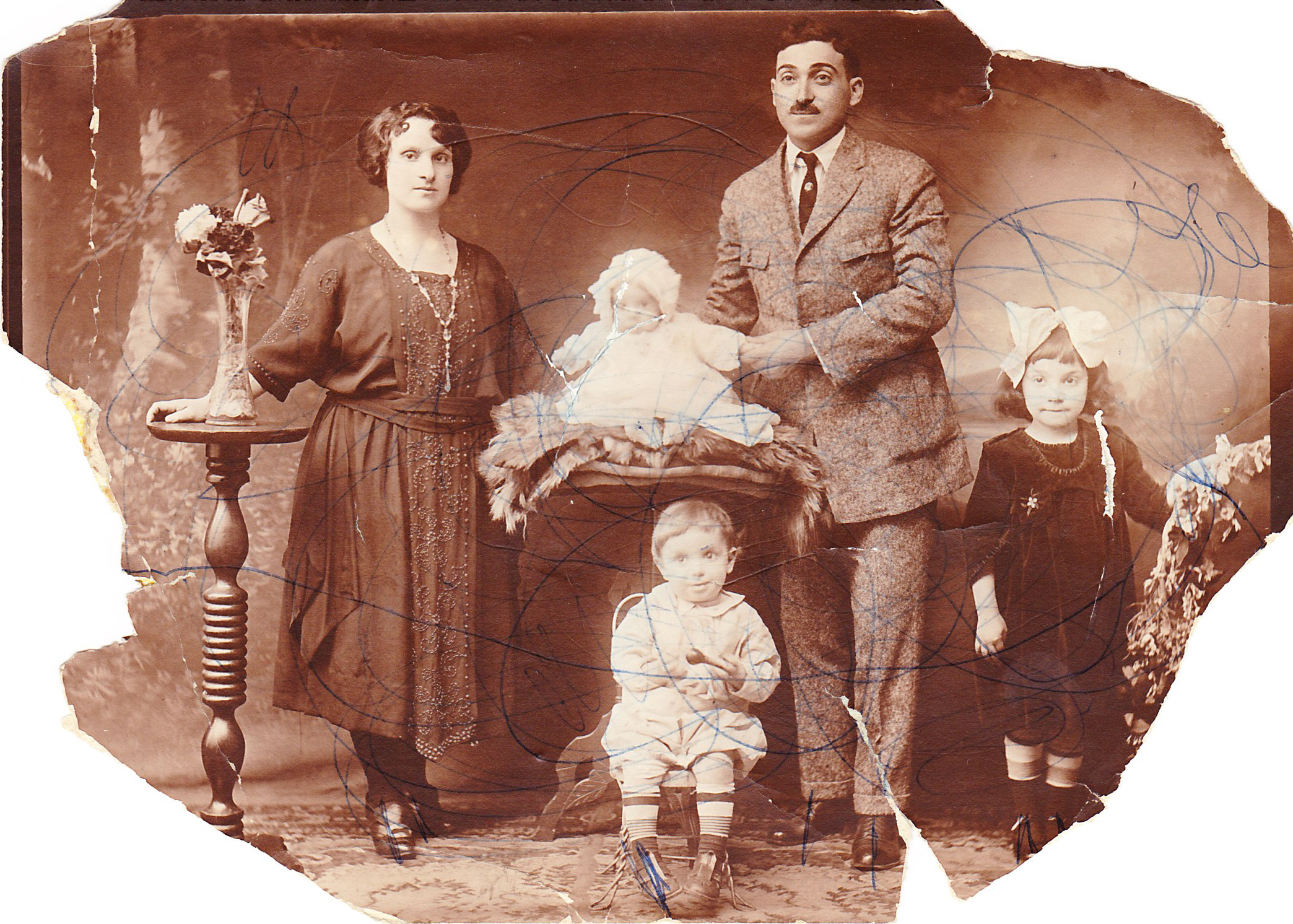World War I was fought between 28 Jul 1914 to 11 Nov 1918, with the Triple Entente (Britain, France and Russia) on one side and the Central Powers (Germany, Austria-Hungarian Empire, and the Ottoman Empire) on the other. The United States joined on the side of Britain, France, and Russia late in the war.
Before the war, Italy had been allies with Germany and the Austria-Hungarian Empire as part of the Triple Alliance. After sitting out the war, they chose to join sides with Britain, France, and Russia against their old allies.
My great-grandfather, Rosario Millonzi, a tailor by trade in Montemaggiore Belsito, Sicily, was enrolled in the Italian Army on 2 May 1916 in the Military District of Cefalu, Sicily.
He was a member of the Bersagliere Ciclista 10m Regimento – the 10th Bersagliere (Light Infantry), Cyclist. According to Wikipedia, the Bersagliere were a highly mobile infantry unit recognized by the distinctive wide brimmed hat that they wore, decorated with black capercaillie feathers. Apparently, my great-grandfather was in a bicycle unit in the Bersagliere. During WWI, the 12 regiments of Bersaglieri fought with distinction. Of its 210,000 members, 32,000 were killed and 50,000 were wounded.
During the Italian Campaign against Austria-Hungary, Rosario was slightly wounded in the leg by shrapnel at Cortina D'Ampezzo. Before WWI, Cortina D'Ampezo was part of Austria, but became part of Italy following the war.
According to the documentation we have, it looks like he was on the front lines for about 19 months before being captured following the Battle of Caporetto.
The Battle of Caporetto took place 24 Oct to 19 Nov 1917. According to Wikipedia, a huge Austro-Hungarian force, possibly their entire army, reinforced by several German units, were able to break into the Italian front line and rout the Italian army, which had practically no mobile reserves. The battle was a demonstration of the effectiveness of the use of stormtroopers and infiltration tactics. The use of poison gas by the Germans also played a key role in the collapse of the Italian Army.
The Italian losses were enormous: 11,000 were killed, 20,000 wounded and 265,000 were taken prisoner. Many were crippled for life.
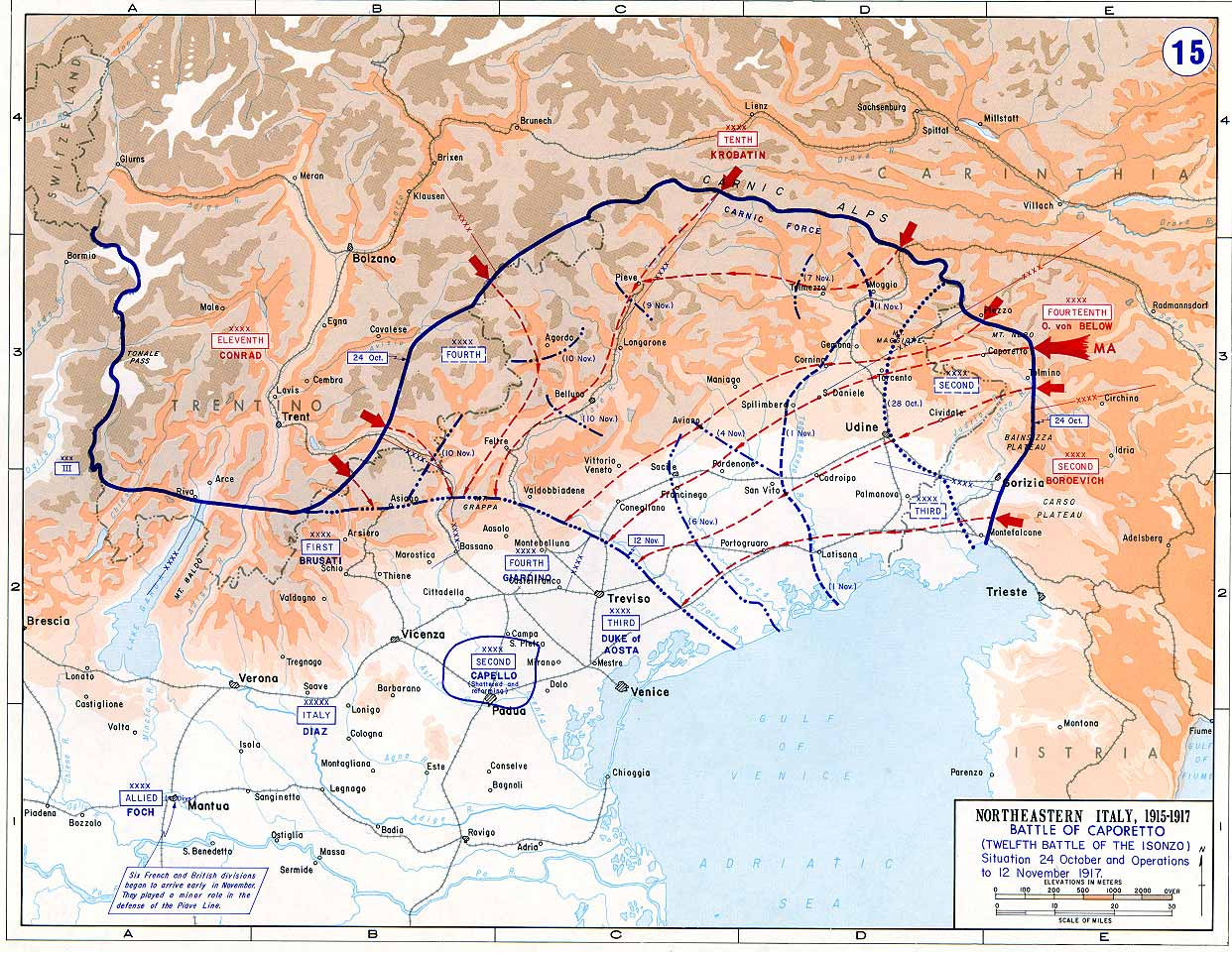
Battle of Caporetto, in northeastern Italy
My great-grandfather was captured during the the retreat from the Battle of Caporetto. He was a prisoner of war for 14 months by Austro-Hungary. According to family stories, he was so hungry, he had to eat his shoes.
After hearing nothing from him for months and months, my great-grandmother, Carmela Parisi Millonzi, asked her brother, Monsignor Gaetano Parisi, to contact the Vatican for help. With the help of the church, the Germans found him in a prisoner of war camp. When they learned that he was a tailor, they took him off hard labor and put him to work distributing and repairing clothing for soldiers.
Rosario Millonzi was officially discharged from Royal Italian Army on 1 Aug 1919 in Palermo, Sicily.
He received the Croce al Merito di Guerra (War Merit Cross) on 16 Jun 1936, while he was living in America. According to Wikipedia, the Italian War Merit Cross (Croce al Meritodi Guerra) was instituted by King Victor Emanuel III on 19 Jan 1918. The Croce al Merito di Guerra was awarded to members of the armed forces with a minimum of one year's service in contact with an enemy who received the Medal of the Wounded, or to those who, when mentioned for war merit, received a promotion. Also, if an act of valour was deemed insufficient for the Medal of Military Valour, the War Merit Cross could be awarded instead.
Attached below are copies of his military documents that I used to piece together parts of this story.
.jpg)
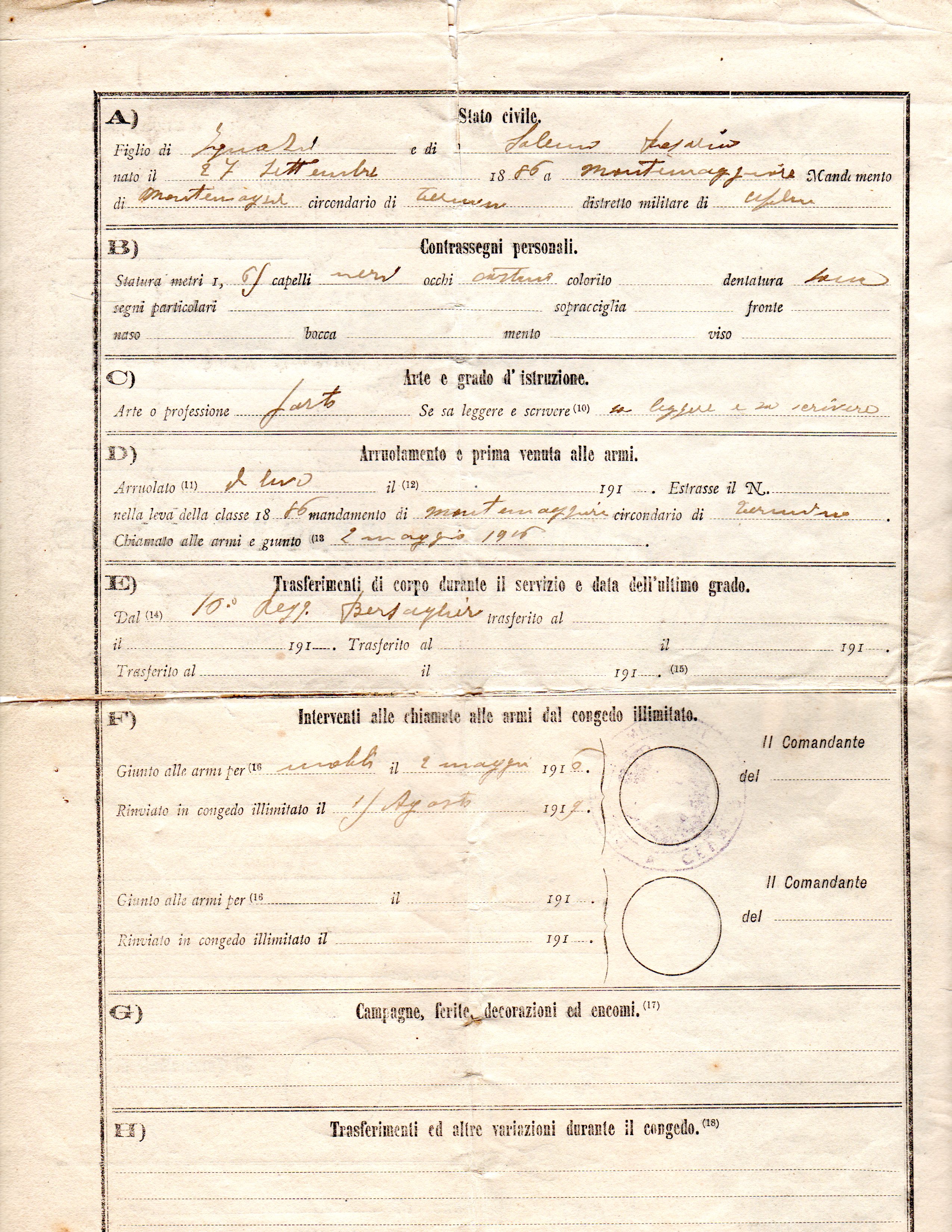
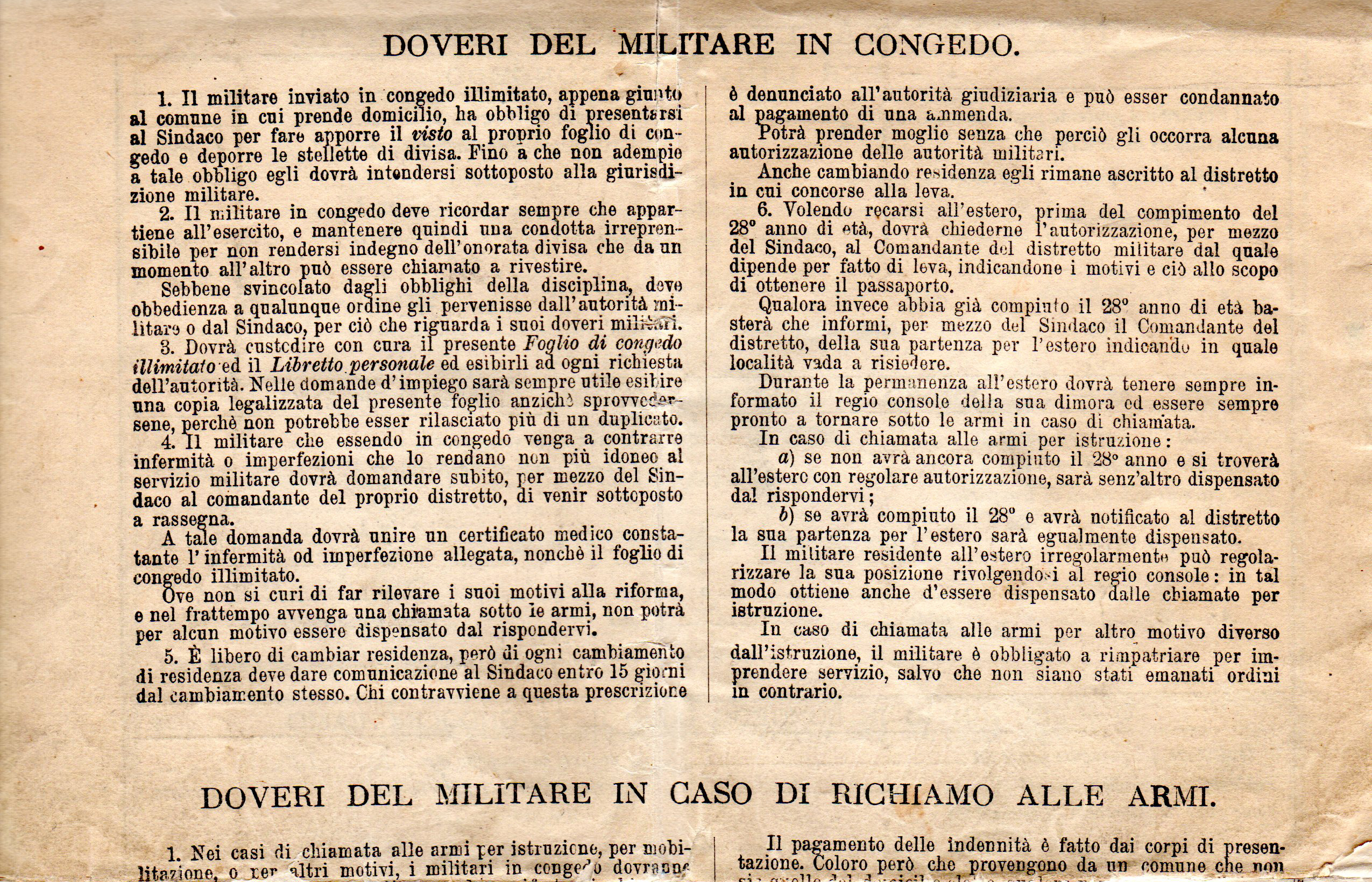
.jpg)
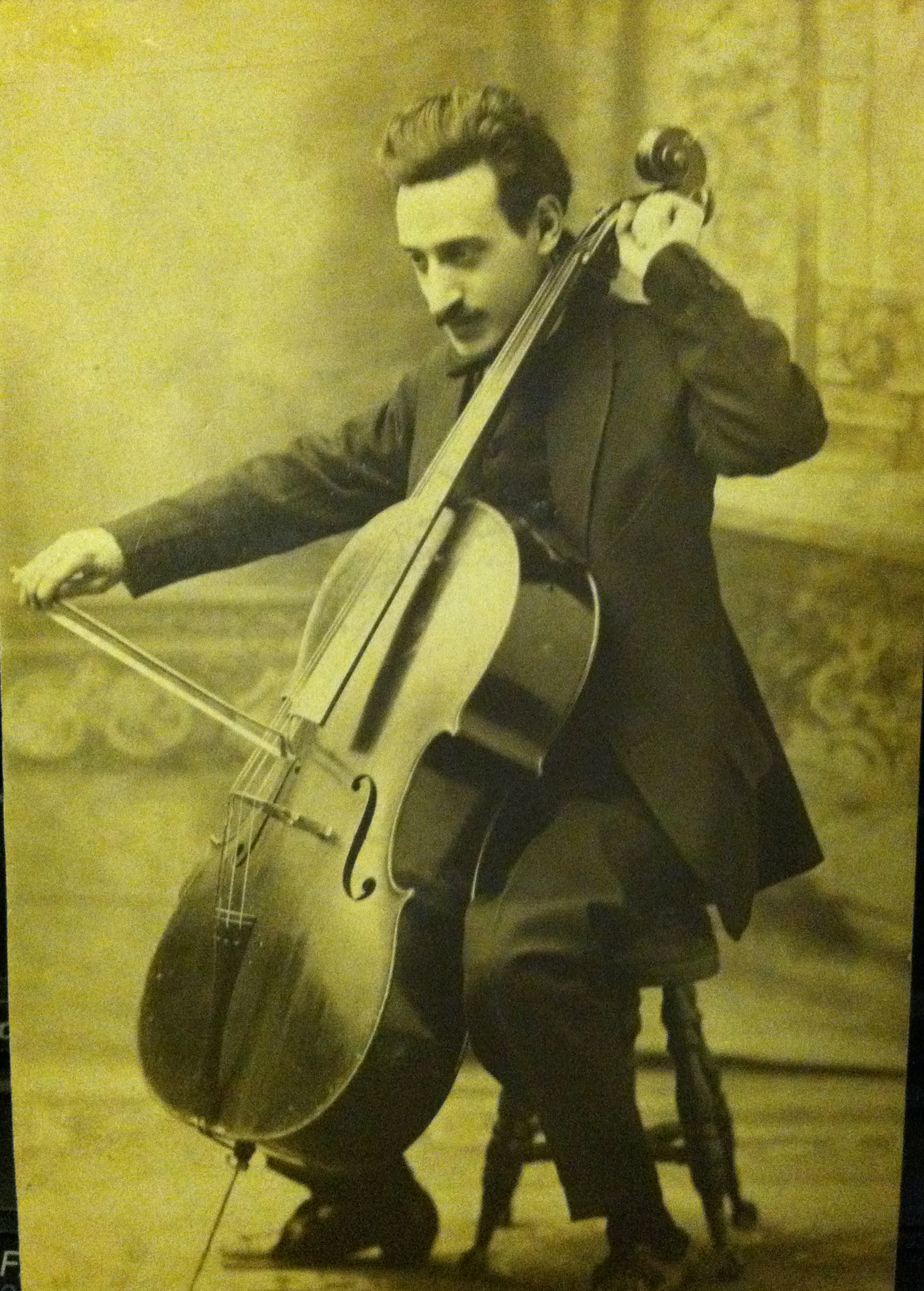
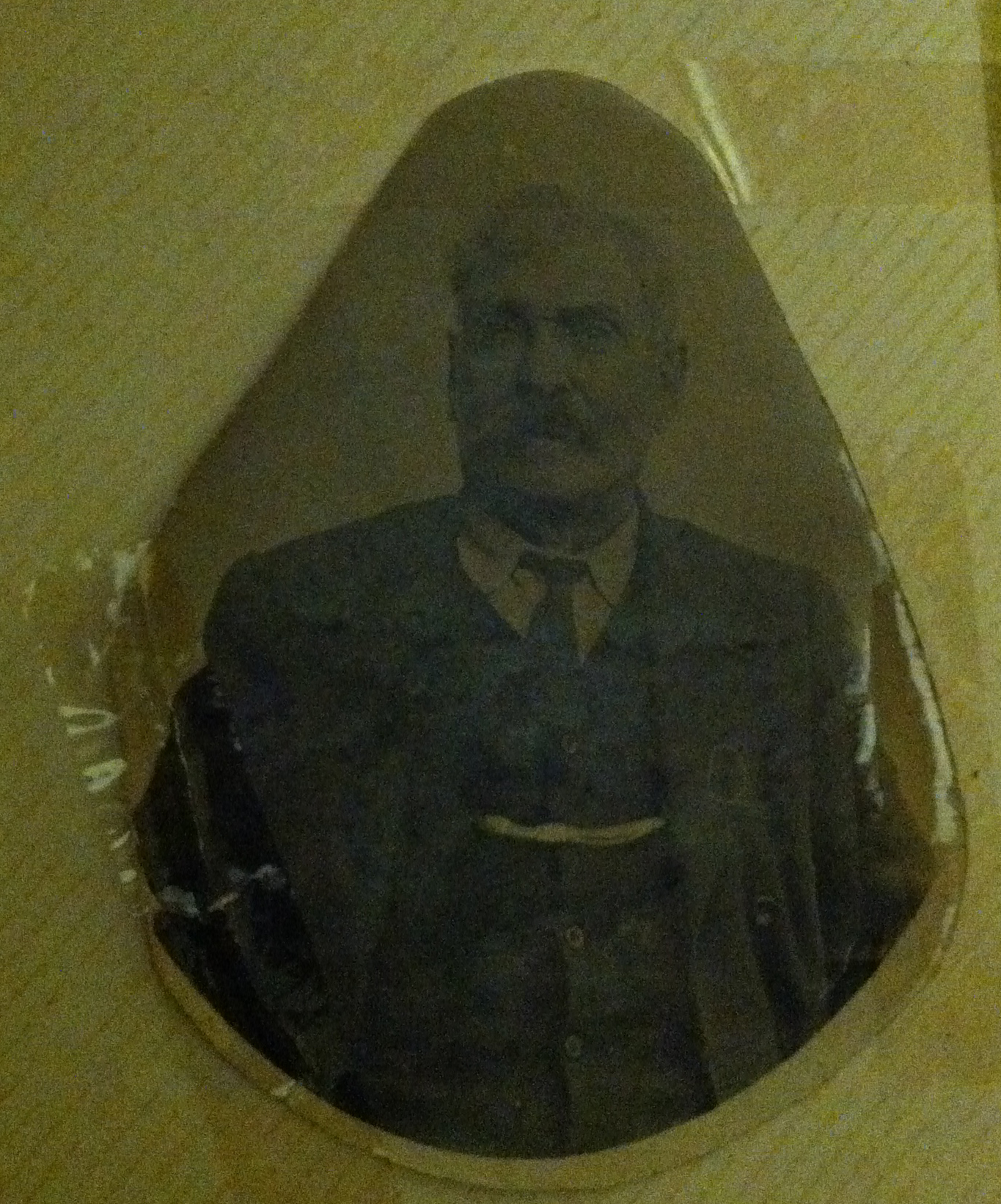
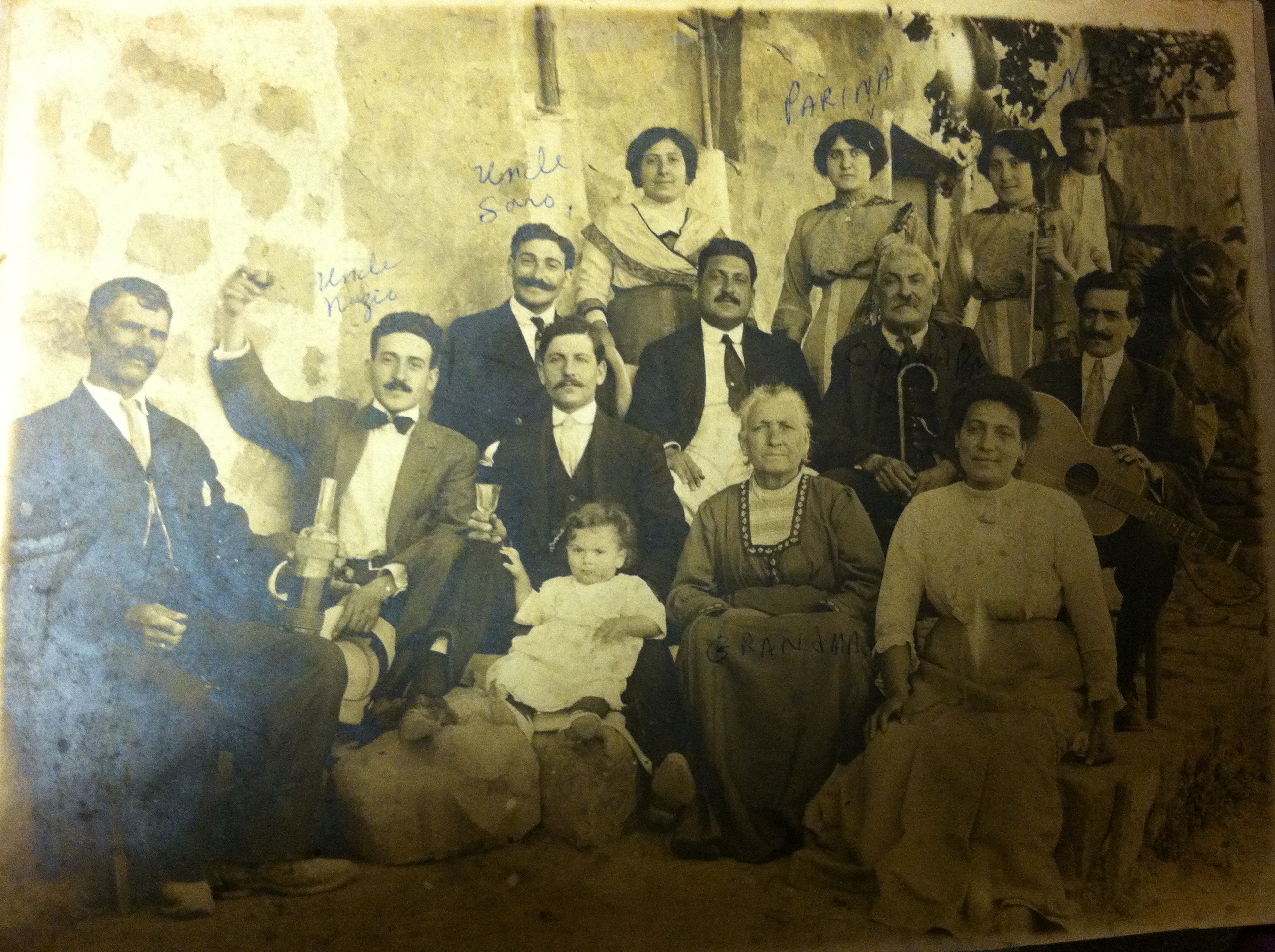
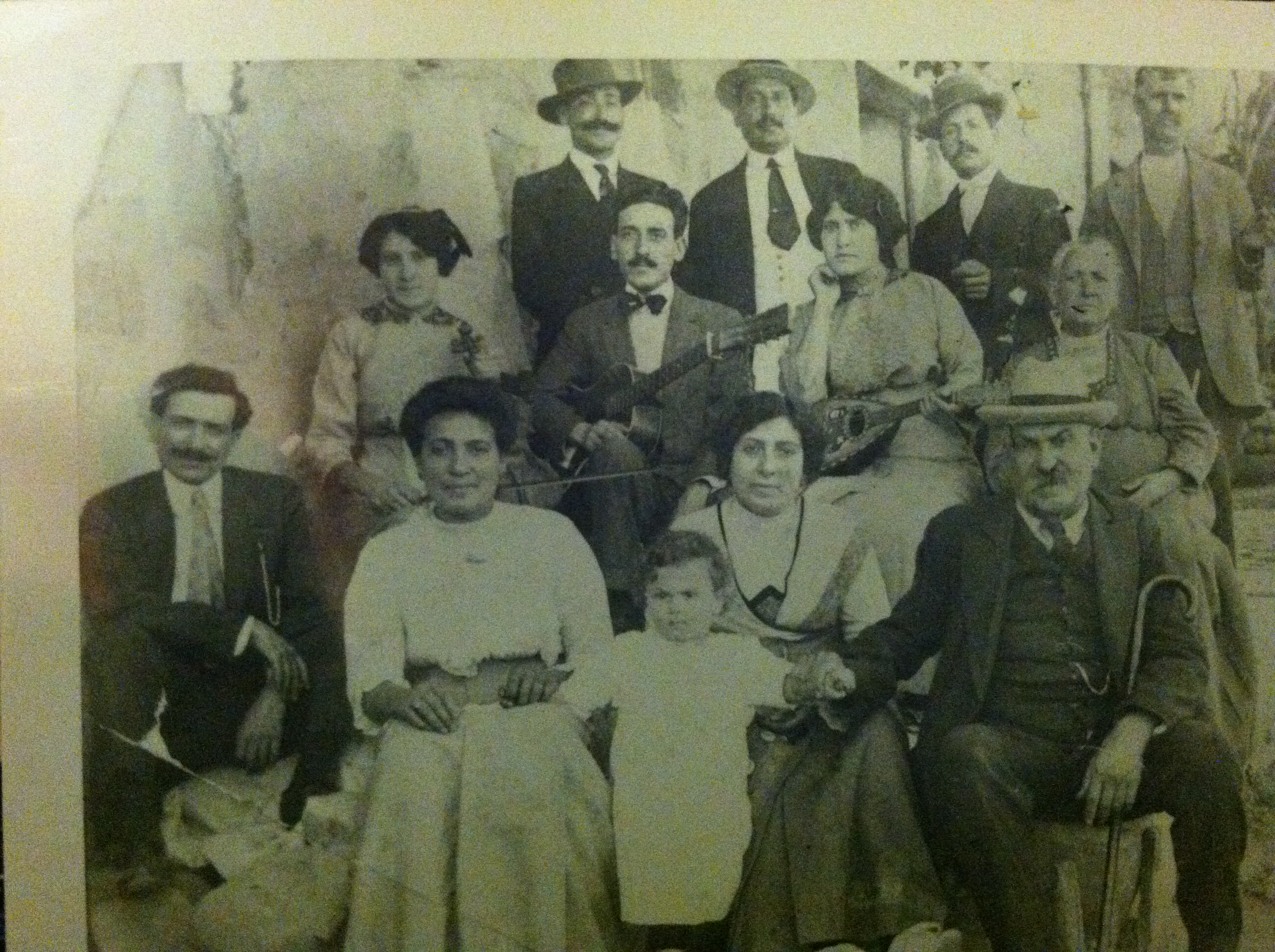
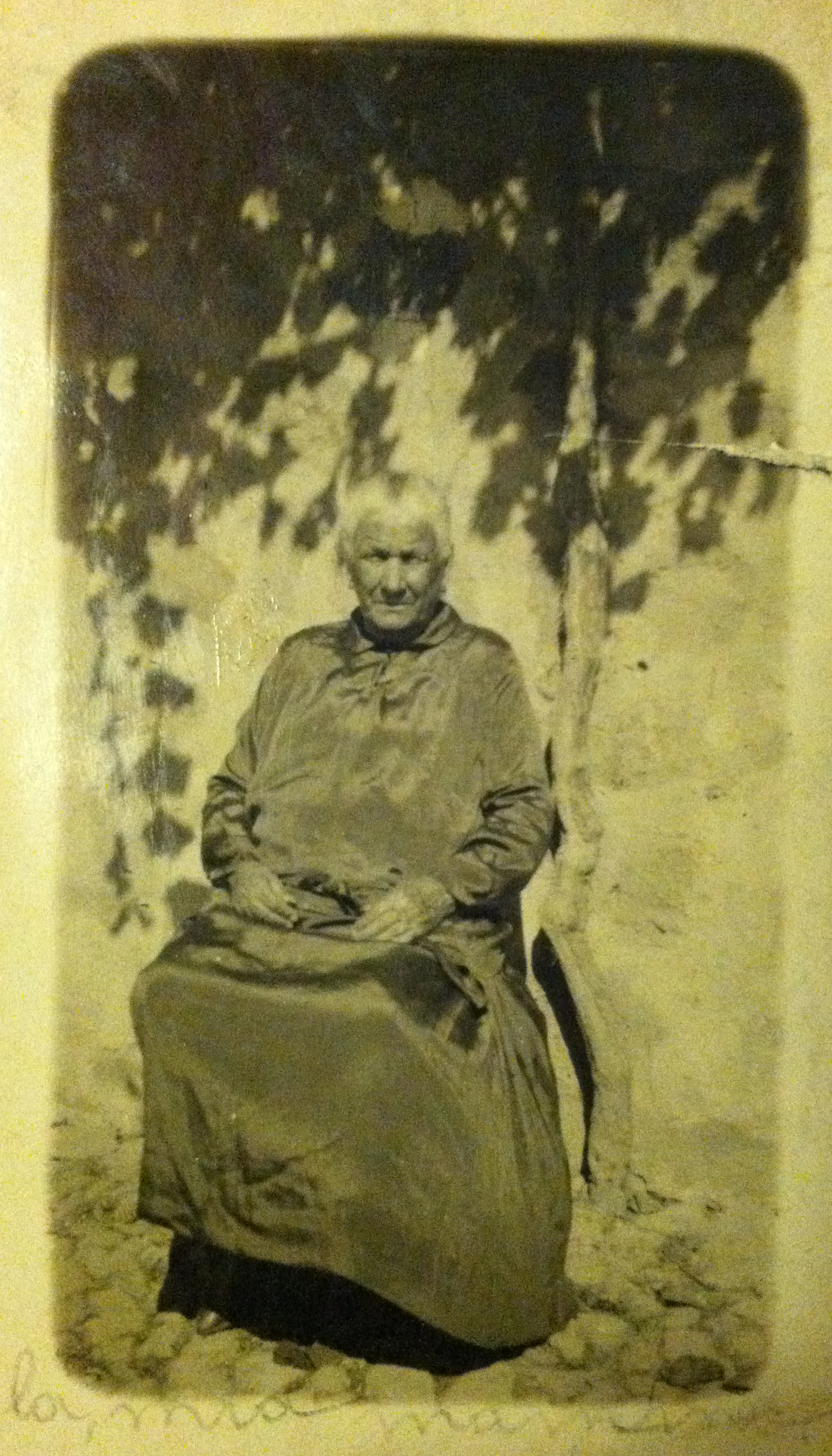
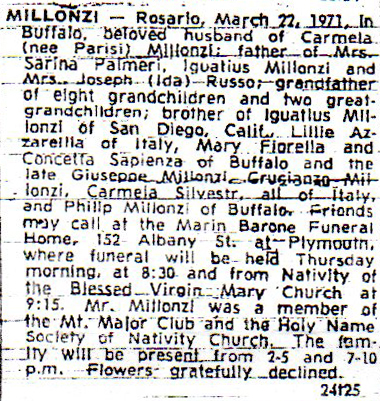
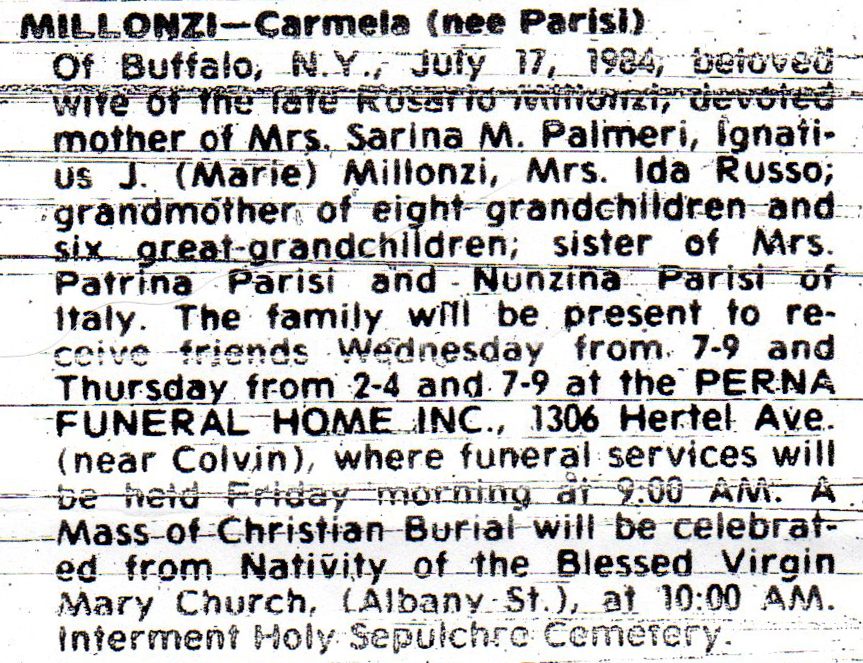


.jpg)


.jpg)
(1).jpeg)
